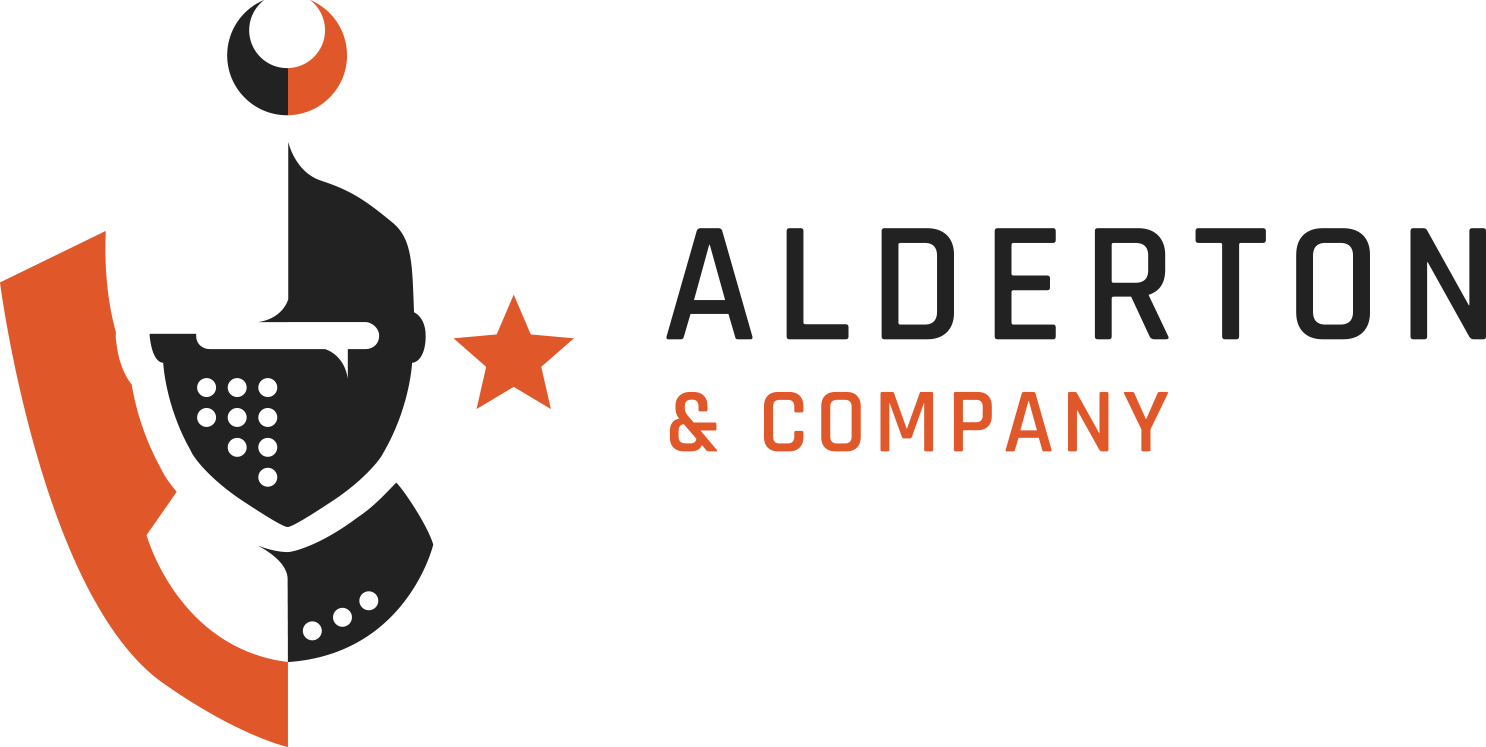
How to Leverage Financial Data for Better Decision-Making
September 23, 2024Lean Operations and Cost Optimization: Beyond Cost-Cutting for Sustainable Profitability


Maintaining a healthy bottom line is crucial. Traditionally, cost-cutting measures have been the go-to strategy for boosting profitability. However, a more sustainable approach lies in adopting lean operations and process improvement methodologies. This approach goes beyond simply slashing expenses and focuses on creating a culture of efficiency, reducing waste, and continuously improving processes to achieve long-term financial health.
Understanding Lean Operations
Lean operations is a management philosophy and practice that originated in the manufacturing industry but has since been adopted across various sectors. Its core principle is to maximize customer value while minimizing waste. This is achieved by continuously identifying and eliminating activities that don’t add value to the customer, also known as ‘waste’. The methodology emphasizes creating a smooth flow of work, eliminating bottlenecks and delays, and producing goods or services only when needed, thus avoiding overproduction and inventory buildup.
Key Principles of Lean Operations
- Value: Understand what the customer values and ensure all activities contribute to creating that value.
- Value Stream: Identify all the steps in the process of delivering value to the customer and eliminate any steps that don’t add value.
- Flow: Ensure a smooth and continuous flow of work, minimizing interruptions and delays.
- Pull: Produce goods or services only in response to customer demand, avoiding overproduction.
- Perfection: Strive for continuous improvement, aiming to eliminate all waste and inefficiencies.
Implementing Lean Methodologies
Implementing lean operations is not a one-time event, but a continuous journey. It requires a systematic approach and a commitment to ongoing improvement.
Here are some key steps to implementing lean methodologies:
- Identify Waste: Conduct a thorough analysis of your processes to identify any activities that don’t add value to the customer. Common types of waste include overproduction, waiting, transportation, unnecessary motion, inventory, defects, and over-processing.
- Map the Value Stream: Create a visual representation of all steps involved in delivering a product or service to the customer. This helps in identifying bottlenecks, redundancies, and opportunities for improvement.
- Implement Flow: Redesign processes to create a smooth and continuous flow of work, eliminating delays and interruptions.
- Establish Pull Systems: Ensure that production or service delivery is triggered by customer demand, thereby minimizing inventory and optimizing resource utilization.
- Continuous Improvement: Foster a culture of continuous improvement where employees are encouraged to identify and implement improvements, even small ones, on an ongoing basis.
Process Improvement
Process improvement goes hand in hand with lean operations. It involves systematically analyzing existing processes, identifying areas of inefficiency, and implementing changes to improve efficiency, reduce costs, and enhance quality.
Some popular process improvement methodologies include:
- Six Sigma: A data-driven methodology that aims to eliminate defects and reduce variability in processes.
- Lean Six Sigma: A combination of Lean principles and Six Sigma’s statistical tools.
- Kaizen: A Japanese philosophy focusing on continuous improvement through small, incremental changes.
Benefits of Lean Operations and Process Improvement
The benefits of implementing lean operations and process improvement initiatives are numerous:
- Cost Reduction: Eliminating waste and improving efficiency can lead to significant cost savings.
- Improved Quality: By streamlining processes and reducing defects, businesses can enhance the quality of their products or services.
- Increased Productivity: Removing bottlenecks and optimizing workflows leads to increased output and productivity.
- Enhanced Customer Satisfaction: Delivering value more efficiently and effectively results in improved customer satisfaction and loyalty.
- Employee Engagement: Empowering employees to participate in improvement efforts can boost morale and engagement, leading to a more positive work environment.
Beyond Cost-Cutting: A Sustainable Approach
While cost-cutting measures may offer short-term relief, they often have unintended consequences, such as reduced employee morale or compromised product/service quality. Lean operations and process improvement, on the other hand, offer a more sustainable path to profitability. By focusing on value creation, waste elimination, and continuous improvement, businesses can achieve long-term financial health without sacrificing the quality of their offerings or the well-being of their employees.
Conclusion
In the current competitive landscape, businesses need to constantly look for ways to maximize efficiency and profitability. Lean operations and process improvement provide a powerful framework to achieve these goals. By embracing these methodologies, organizations can not only improve their financial performance but also build a more sustainable and resilient business that can withstand the challenges of the ever-changing marketplace.



